Among the following , the paramagnetic compound is :
Na2O2
O3
N2O
KO2
The correct Answer is:D
To determine which of the given compounds is paramagnetic, we need to identify whether they contain unpaired electrons. A paramagnetic compound has one or more unpaired electrons, while a diamagnetic compound has all its electrons paired.
Let's analyze each option step by step:
Step 1: Analyze Na2O2
- Composition: Na2O2 consists of sodium (Na) and peroxide (O2^2-).
- Sodium (Na): Na has an atomic number of 11, with an electron configuration of 1s² 2s² 2p⁶ 3s¹. In Na⁺, it loses one electron and has a filled shell configuration (1s² 2s² 2p⁶).
- Peroxide (O2^2-): Each oxygen in O2^2- contributes 8 electrons (1s² 2s² 2p⁶), resulting in a total of 10 electrons. All electrons are paired.
- Conclusion: Na2O2 is diamagnetic.
Step 2: Analyze Ozone (O3)
- Structure: Ozone has a bent structure with a resonance hybrid of two forms.
- Electron Configuration: Ozone has a total of 18 electrons (6 from each oxygen).
- Filling of Orbitals: All electrons in ozone are paired.
- Conclusion: Ozone is also diamagnetic.
Step 3: Analyze N2O
- Structure: N2O has a linear structure with a double bond between nitrogen atoms and a single bond with oxygen.
- Electron Configuration: Nitrogen has 7 electrons, and there are 2 nitrogen atoms and 1 oxygen atom, giving a total of 20 electrons.
- Filling of Orbitals: All electrons are paired in N2O.
- Conclusion: N2O is diamagnetic.
Step 4: Analyze KO2 (Potassium Superoxide)
- Composition: KO2 consists of potassium (K) and superoxide (O2^-).
- Potassium (K): K has an atomic number of 19, with an electron configuration of 1s² 2s² 2p⁶ 3s² 3p⁶ 4s¹. K⁺ has a filled shell configuration (1s² 2s² 2p⁶ 3s² 3p⁶).
- Superoxide (O2^-): The superoxide ion has 9 electrons (O2 has 12 electrons, and one additional electron is added). The configuration is 1s² 2s² 2p⁴ for the two oxygen atoms, and one extra electron makes it 2p⁵.
- Filling of Orbitals: When filling the orbitals, one of the electrons in the 2p orbital will remain unpaired.
- Conclusion: KO2 is paramagnetic due to the presence of unpaired electrons.
Final Answer
The paramagnetic compound among the options is KO2.
---
- Composition: Na2O2 consists of sodium (Na) and peroxide (O2^2-).
- Sodium (Na): Na has an atomic number of 11, with an electron configuration of 1s² 2s² 2p⁶ 3s¹. In Na⁺, it loses one electron and has a filled shell configuration (1s² 2s² 2p⁶).
- Peroxide (O2^2-): Each oxygen in O2^2- contributes 8 electrons (1s² 2s² 2p⁶), resulting in a total of 10 electrons. All electrons are paired.
- Conclusion: Na2O2 is diamagnetic.
- Structure: Ozone has a bent structure with a resonance hybrid of two forms.
- Electron Configuration: Ozone has a total of 18 electrons (6 from each oxygen).
- Filling of Orbitals: All electrons in ozone are paired.
- Conclusion: Ozone is also diamagnetic.
- Structure: N2O has a linear structure with a double bond between nitrogen atoms and a single bond with oxygen.
- Electron Configuration: Nitrogen has 7 electrons, and there are 2 nitrogen atoms and 1 oxygen atom, giving a total of 20 electrons.
- Filling of Orbitals: All electrons are paired in N2O.
- Conclusion: N2O is diamagnetic.
- Composition: KO2 consists of potassium (K) and superoxide (O2^-).
- Potassium (K): K has an atomic number of 19, with an electron configuration of 1s² 2s² 2p⁶ 3s² 3p⁶ 4s¹. K⁺ has a filled shell configuration (1s² 2s² 2p⁶ 3s² 3p⁶).
- Superoxide (O2^-): The superoxide ion has 9 electrons (O2 has 12 electrons, and one additional electron is added). The configuration is 1s² 2s² 2p⁴ for the two oxygen atoms, and one extra electron makes it 2p⁵.
- Filling of Orbitals: When filling the orbitals, one of the electrons in the 2p orbital will remain unpaired.
- Conclusion: KO2 is paramagnetic due to the presence of unpaired electrons.
The paramagnetic compound among the options is KO2.
Topper's Solved these Questions
- CHEMICAL BONDINGBOOK - P BAHADURCHAPTER - CHEMICAL BONDINGEXERCISE - Exercise 5
16 Videos
- CHEMICAL BONDINGBOOK - P BAHADURCHAPTER - CHEMICAL BONDINGEXERCISE - Exercise 6
19 Videos
- CHEMICAL BONDINGBOOK - P BAHADURCHAPTER - CHEMICAL BONDINGEXERCISE - Exercise2B
25 Videos
- ATOMIC STRUCTUREBOOK - P BAHADURCHAPTER - ATOMIC STRUCTUREEXERCISE - Exercise 9
38 Videos
- CHEMICAL EQUILIBRIUMBOOK - P BAHADURCHAPTER - CHEMICAL EQUILIBRIUMEXERCISE - Exercise
134 Videos
Similar Questions
Knowledge Check
Among the following, the aromatic compound is
A B
B C
C D
D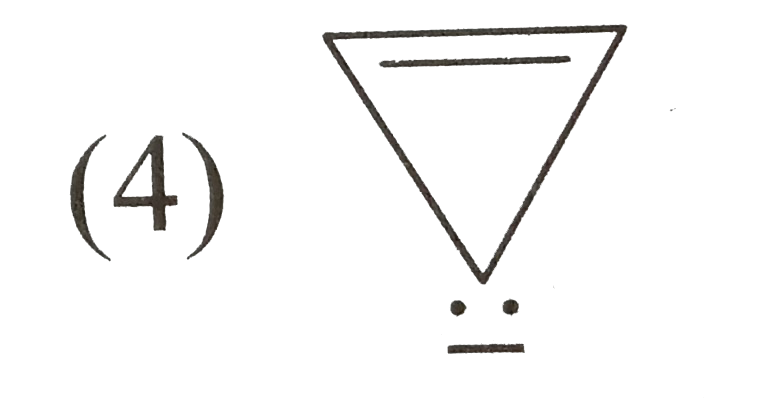
Among the following the aromatic compound is :-
A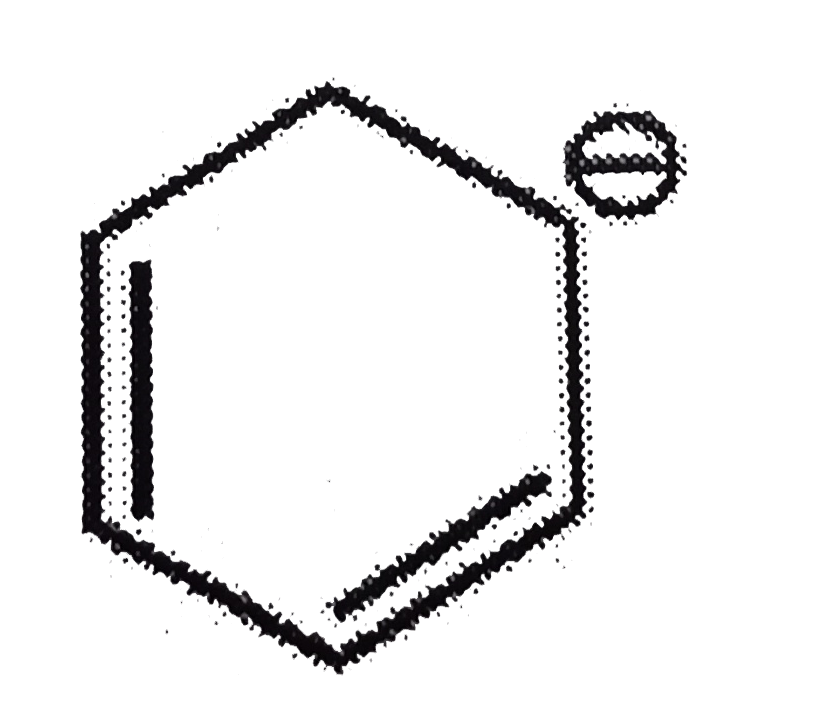 B
B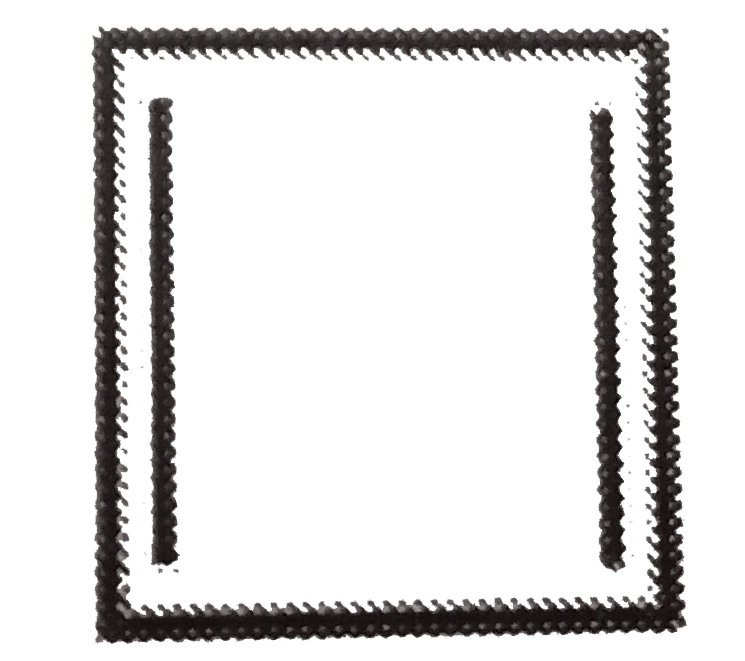 C
C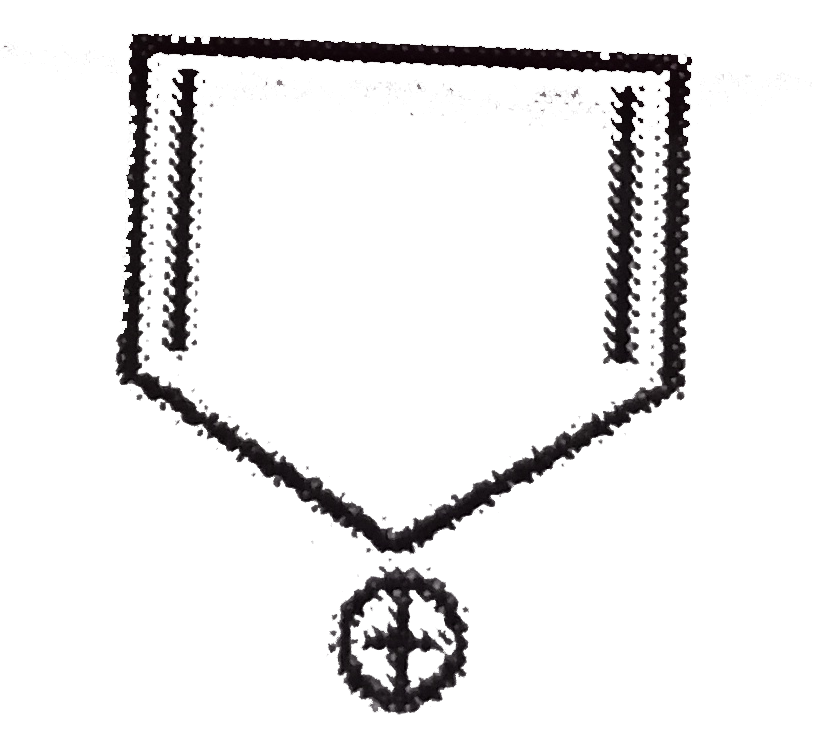 D
D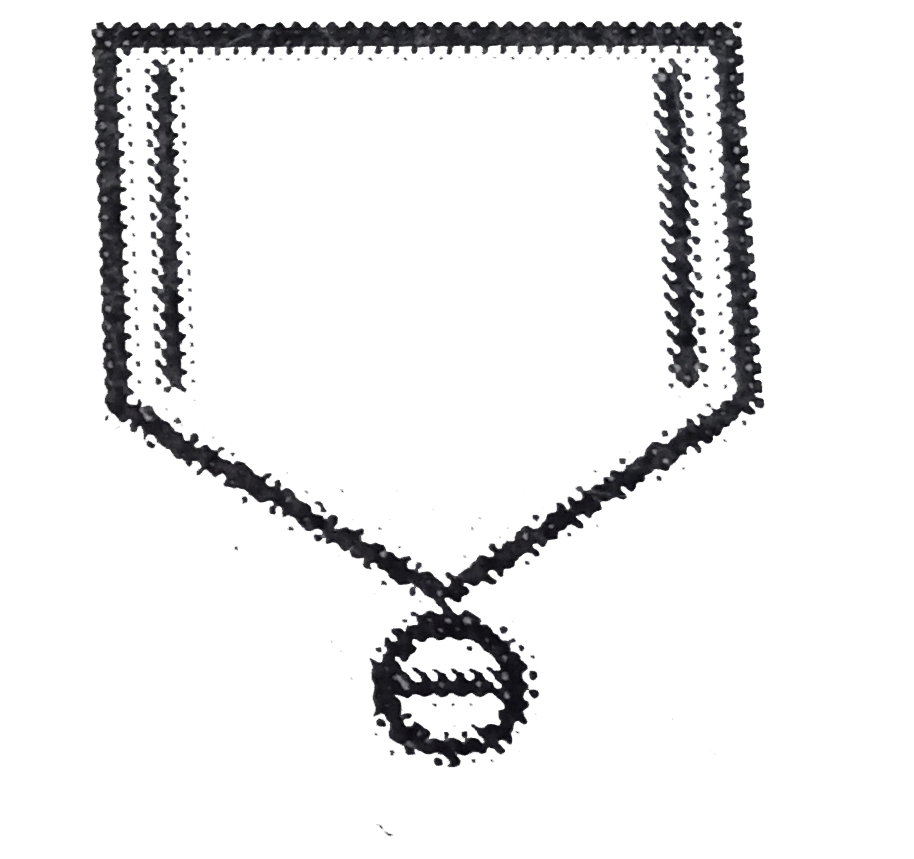
Among the following, the paramagnetic species is:
AFree radicalBCarbocationCCarbanionDAll the three

